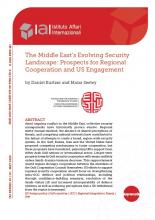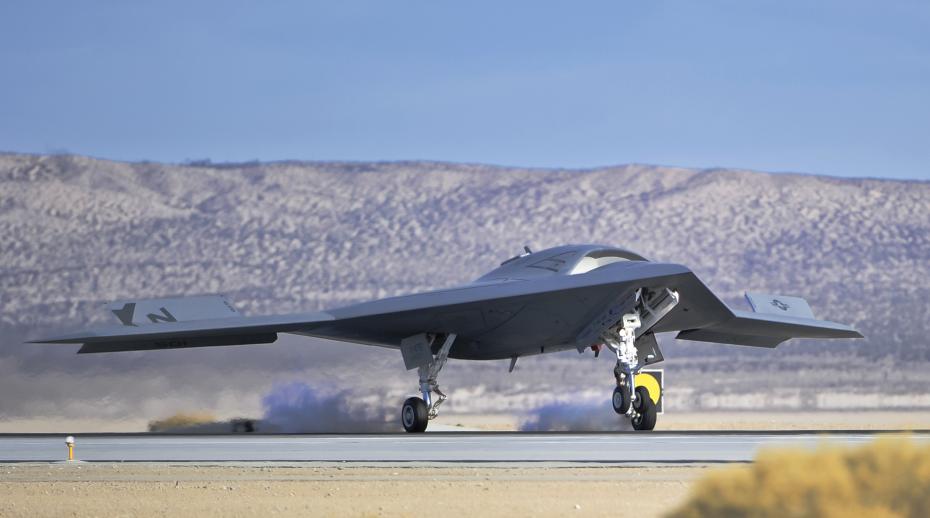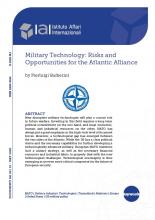Discussion of Chinese intentions inevitably draws attention to the pronounced buildup of naval weaponry in recent years, with each year bringing fresh confirmation of China’s ability to leapfrog existing assessments of the size of its navy. Thus, in April 2020, China constructed a second Type 075 warship, a class designed to compete in amphibious capability with the American Wasp class ships. Two more are anticipated, as are two more aircraft carriers. These are clearly designed to match American warships, and raise interest in China’s ability to sustain distant interest by sea, most obviously in the Indian Ocean, but also wherever Chinese geopolitical concerns may be favored by naval power projection. Areas where China has maritime interests include not only the South-West Pacific, where it has been actively developing alliance partnerships, much to the disquiet of Australia, but also the Caribbean. Moreover, Chinese maritime partners include Equatorial Guinea. So, the notion that China might automatically “limit” itself to dominating a “near China,” of the East and South China Seas is implausible. Even were that to be the goal, the need to prevent external intervention in that dominance, intervention most obviously by the American and Japanese navies, but also by that of Australia, would require a greater range of naval activity in terms of “access denial.” It was that principle that led the Japanese to attack Pearl Harbor in 1941, and the modern counterparts would be seeking to thwart the use of Guam and to block chokepoints of naval access.
This approach presupposes that the Chinese wish for war, which is highly unlikely, but any policy inherently requires planning for the possibility of conflict, and that is true of the Chinese as well as for their possible opponents. Of course, that brings with it the danger that preparing for conflict might actually help precipitate it.
In terms of planning, there are a host of imponderables, but this is scarcely new. It was true of the two world wars as the relevant weapons systems had not been tested hitherto. That puts a premium on wargaming, and that, eased by computer simulation, has been underway for years. Indeed, during the 2000s, the American navy planned accordingly, notably at the Naval War College in Newport, Rhode Island, and advocated what in effect was an alternative strategic prioritization and different foreign policy. While the American government, army, air force, and marines were focused on Iraq and Afghanistan, the navy regarded this as at best a second-order priority (a view shared by Chinese policymakers), and, instead, urged the need to focus on the waters off East Asia. That underlay Obama’s “Pivot to Asia” and, as in so much else, and to a degree that neither man wishes to acknowledge, there is continuity between Obama and Trump, as there would have been between McCain/Romney and Hilary Clinton.











